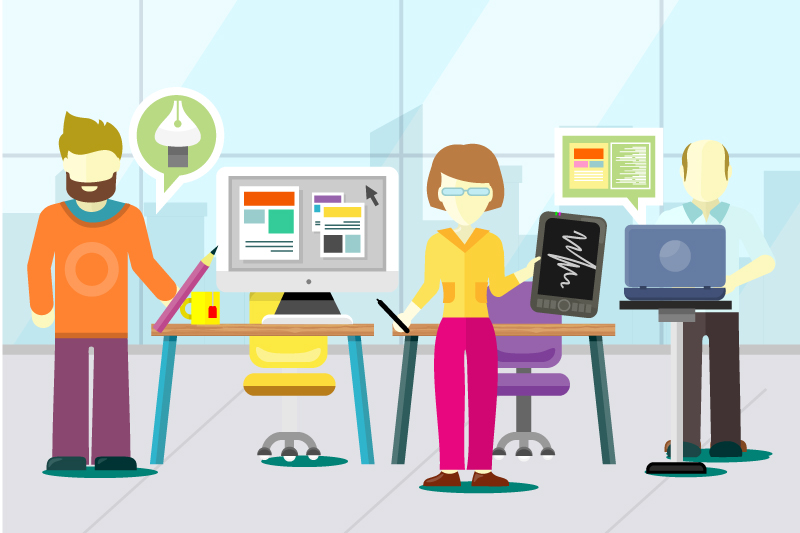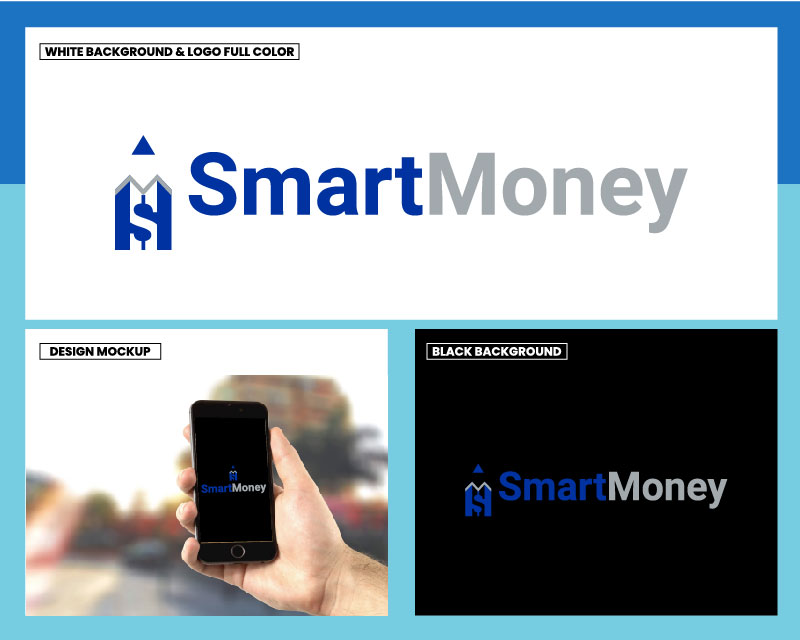A logo is the lifeblood of any brand. It is the first impression you make on your customers. Often a first impression is all you get with customers, and a captivating logo can be the difference. Every company wants a stunning logo but often can’t find the right mix of techniques to get there.
Throughout this guide, we will teach you how to design the perfect logo for your company. You learn how to establish an identity and how it plays into your logo. Additionally, this guide covers the right mix of design elements that will help you decide which ones are the best for your company’s logo.
Identify the need for a logo
As mentioned earlier, first impressions are everything when it comes to landing customers. Your logo is the best tool to make a great first impression. It is the first thing most customers see when interacting with your brand and needs to generate intrigue. A powerful logo will make a new customer want to know more about the brand.
It is also crucial for your relationship with existing customers. They grow a sense of familiarity and comfort in your logo. They associate quality service or products when they see your logo. You want to achieve this type of relationship between your brand and customers. At this level, your logo will start selling new products or services without much work. For example, let’s say your logo makes a great first impression and lands a customer buying your skincare products, which they love. Then your company decides to release a new line of makeup products, with a powerful logo the customer that bought your skincare products may purchase the new makeup because they see the logo on them and trust the brand.

Define Your Personality
Your brand and logo work symbiotically. Your logo represents your brand, and your brand gives your logo power. For this relationship to work, you need to identify your brand’s personality. Your personality can be a mission, lifestyle, or plainly, what makes your company unique. Once you establish your identity, your logo should communicate it. When this relationship is working correctly, it paints a full and clear picture for your customers.
Ask these questions to start discovering your brand’s personality:
- Who and why did they start this business?
- What is our mission? What are our values and beliefs?
- What’s our competitive advantage?
- What makes us unique?
Start with Inspiration, Style, and Some Research
Once you have a brand personality, you need to find inspiration for your brand. There is no better source of inspiration than a good old-fashioned brainstorming session. At this stage, keep in mind, there are no bad ideas. The point is to get everything in your creative bank out onto paper. Make sure to include everyone in this process. You never know, your smashing logo could be an employee’s midday doodle.
During the session, as you and your employees start coming up with ideas, make sure you always refer back to your audience or preferred customer. Knowing how your target demographic thinks means your logo ideas will be tailored to their preferences.
Once you have a brand personality, you need to find inspiration for your brand. There is no better source of inspiration than a good After your brainstorming session or sessions, your next step should be picking a style and studying the playing field. There are plenty of different styles to choose from, but your choice must match the feel and personality of your brand.
The styles differ in the use of shapes, color, and graphics. You pick a modern style that utilizes a lot of white space, minimal details, and simple lines. Or a more vintage style that evokes feelings of the past or nostalgia. Maybe your brand and product are incredibly unique, so you want to choose a fun or quirky style. These tend to be colorful and use interesting symbols or imagery to communicate positive or playful vibes.
Whichever style you choose, it is also a good idea to examine the field in these early conceptions of your logo. Studying what conventions and techniques your competitors are using is a good way to understand what is and isn’t working in the industry.

Picking the Right Colors, Imagery, and Fonts
Colors affect our emotions and psychology in complex ways. For marketing purposes, it is easiest to state they can evoke certain feelings. Choose a color scheme that matches your brand personality. For example, if you are a rock instrument store, you would want to make your logo using reds. Red invokes feelings of excitement and passion, which is great if your brand is also loud and energetic. Make sure to check out and read the full-color theory, so you know which colors represent the right feelings you want to use to attract customers.
After choosing a color scheme you need to pick a type of imagery. There are many different types you can use. Some accentuate a company name other use pictorials or mascots to emphasis the brand. Whichever imagery you pick, make sure it matches the overall aesthetic of your brand personality. Some common types are combination mark, abstract mark, emblem, mascots, symbols, and letter marks.
After finalizing your symbols and colors, the final element is fonts. When picking fonts for your logo, make sure to choose ones that are readable but still identifiable. As always, also ensure your choice matches the overall feeling of your brand personality. Some common fonts are serif, sans serif, script, and display.
Using a Graphic Designer
Now that you have picked some of the basic elements of your logo you have a foundation to start designing. If you are designing it yourself fantastic. However, most companies have an in-house or freelance graphic designer bring their logo to life. Communicating your desires to an artist is a challenge in and of itself. There are many methods for receiving a logo, and each come with their own pros and cons. Some are more expensive than others but produce better artwork.
Whichever route you choose, you should set a budget before you start reaching out to designers. It may feel like you are paying a lot for a quality logo but remember the power a great one creates for your company.
When you finally decide on a designer, try to remain open to suggestions. The graphic designer is an expert in the situation and knows the industry techniques and practices. Make sure to give them as many details as possible and provide ample feedback on the drafts. Clear communication between you and your designer will produce the best version of your logo.
Conclusion
With your new logo, you can start using it on business cards, promotions, packaging, and websites. When working with your brand personality, your logo needs to attract and intrigue new customers. And for repeating customers it needs to establish trust, so they buy other products that have your logo on it. A great logo design becomes a stamp of approval that customers recognize products or services.









